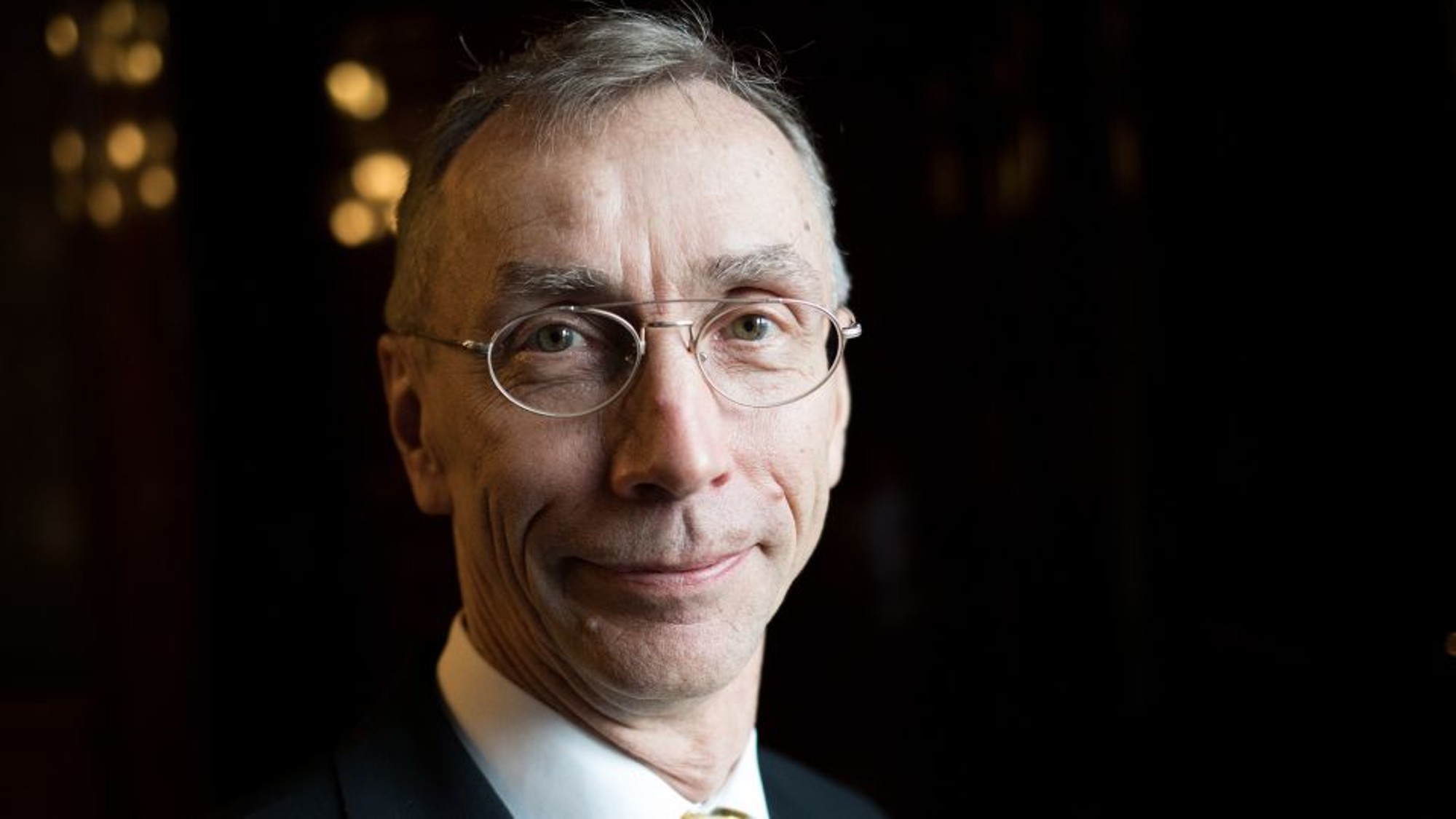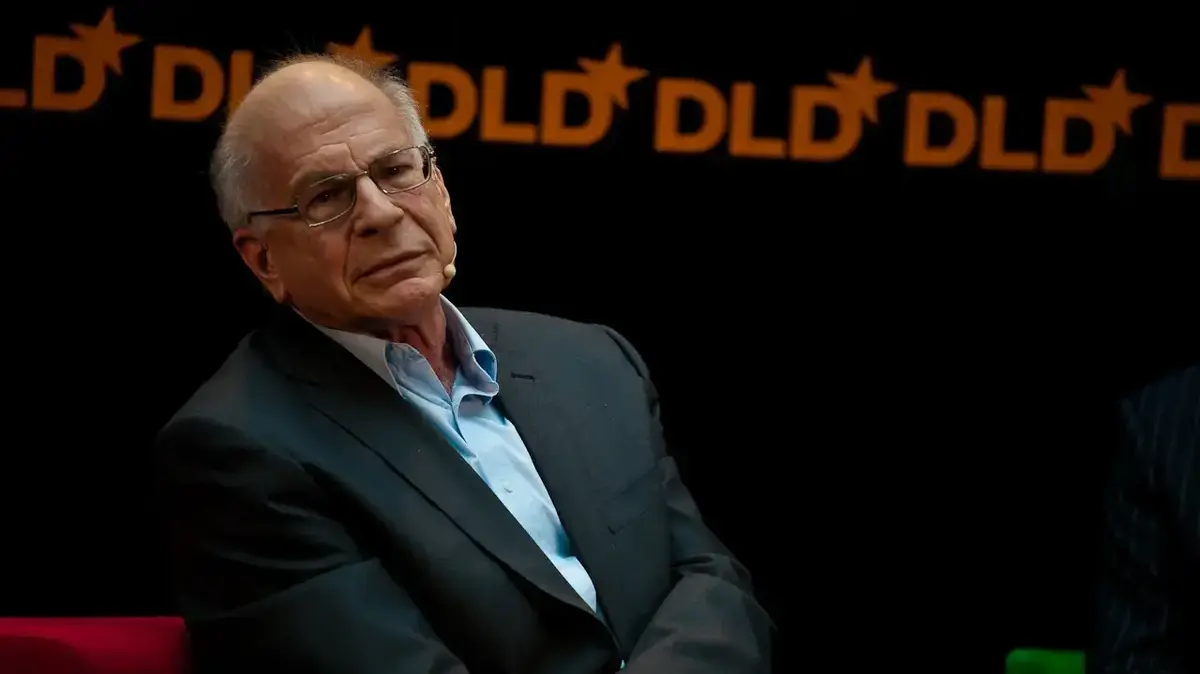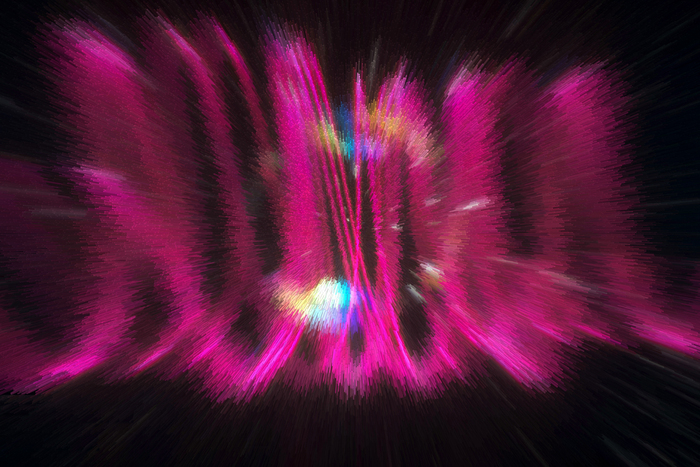A cave gives clues to Neanderthals 0:57
(CNN) --
Swedish geneticist Svante Pääbo won the Nobel Prize in Medicine for pioneering the use of ancient DNA to unlock the secrets of human evolution.
The Nobel committee said on Monday that Pääbo "accomplished something seemingly impossible" when he sequenced the first Neanderthal genome and revealed that Homo sapiens interbred with Neanderthals.
His discovery was made public in 2010, after Pääbo pioneered methods to extract, sequence and analyze ancient DNA from Neanderthal bones.
Thanks to his work, scientists can compare Neanderthal genomes with the genetic records of humans living today.
"Pääbo's seminal research gave rise to an entirely new scientific discipline: paleogenomics," the committee said.
"By revealing the genetic differences that distinguish all living humans from extinct hominins, his discoveries provide the basis for exploring what makes us uniquely human."
What does the discovery of Pääbo mean?
Pääbo found that most humans today share between 1% and 4% of their DNA with Neanderthals, meaning that Neanderthals and Homo sapiens must have met and had children before Neanderthals became extinct about 40,000 years ago. years.
advertising
Since 1997 he has worked as director of the Max Planck Institute for Evolutionary Anthropology in Leipzig (Germany) and is an honorary researcher at the Natural History Museum in London.
"His greatest contribution is pioneering the recovery of ancient DNA and that has been extremely important in the study of human evolution," Chris Stringer, head of human evolution research at the museum, told CNN on Monday.
Pääbo's subsequent work to extract DNA from small fossil fragments found in a Siberian cave revealed an equally sensational discovery.
The genome he sequenced showed a type of extinct human completely unknown at the time, which was named Denisovan after the name of the cave.
By comparing Denisova's DNA with the genetic records of modern humans, Pääbo showed that some populations in Asia and Melanesia inherited up to 6% of their DNA from this enigmatic ancient human.
How is the DNA you found different from that of Homo Sapiens?
"I think the Neanderthal genome was his biggest contribution. It revealed that Neanderthals interbred with us. This was discussed for many years, even from my side. But it showed that most of us have ancient DNA (from Neanderthals and/or Denisovans). Stringer added about the Nobel Prize for Medicine.
Some of the genetic traces left behind by encounters with these two ancient humans have medical relevance today.
For example, a Denisovan version of the gene called EPAS1, which confers a survival advantage at high altitude and is common among modern Tibetans.
Pääbo also found that Neanderthal DNA may play a small role in the evolution of covid-19 infection.
"This is an important scientific discovery in evolutionary biology," said David Paterson, a professor at the University of Oxford and president of the UK Physiological Society.
"Attributing physiological function to highly conserved mitochondrial genes has been important to our understanding of high-altitude acclimation as populations move and adapt to new environments, and how genetic variants affect us in day-to-day life." health and disease," Paterson said in a statement.
Pääbo's father, the biochemist Sune Bergström, was part of the trio that won the Nobel Prize for Medicine in 1982.
An early passion that ended in the Nobel Prize for Medicine
Announcing his findings, Pääbo said "having a first version of the Neanderthal genome fulfills a long-standing dream."
However, his childhood passion was Egyptology, having visited Egypt with his mother, according to a 2008 interview. And one of Pääbo's early successes was when he succeeded in extracting, cloning and sequencing the DNA of an Egyptian mummy, work he did secretly at night while doing research unrelated to his Ph.D.
It took Pääbo decades to perfect the process of extracting DNA from ancient fossils, because over time DNA is chemically modified and degrades into short fragments.
This leaves only traces that can be easily contaminated with actual DNA from bacteria and from humans handling the fossils.
His DNA extraction methods have also been applied to the bones of long-extinct animals, revealing insights into the lives of mammoths, cave bears, giant sloths, and many other creatures.
His team is working on techniques to extract DNA from cave sediments, which will allow scientists to learn about our earliest relatives without having to find their bones: just through the dirt in the caves where they spent time. .
Katerina Douka, an assistant professor of archaeological sciences at the University of Vienna who collaborates with Pääbo, told CNN that her work on ancient DNA was as revolutionary for archeology as the advent of radiocarbon dating, which won her a Nobel Prize in 1960.
"He invented the field. He unlocked many secrets about human evolution," Douka added.
InstaNewsNobel Prize in Medicine









